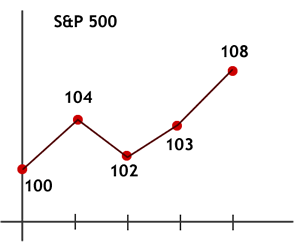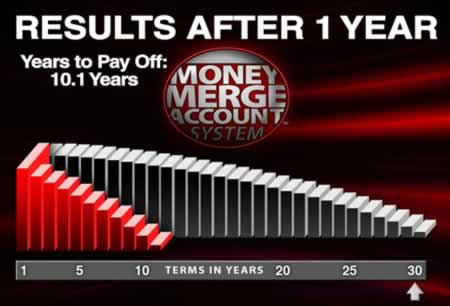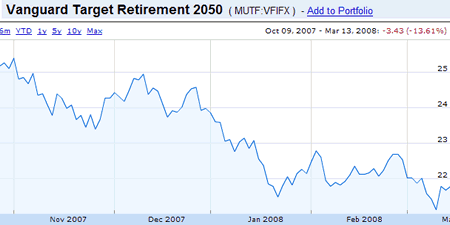 The Treasury recently announced that as of April 7th minimum investment amount for government bonds will be lowered to $100 (previously $1,000). This includes all Treasury marketable bills, notes, bonds and Treasury Inflation-Protected Securities (TIPS). Thanks for the e-mails.
The Treasury recently announced that as of April 7th minimum investment amount for government bonds will be lowered to $100 (previously $1,000). This includes all Treasury marketable bills, notes, bonds and Treasury Inflation-Protected Securities (TIPS). Thanks for the e-mails.
This means you will be able to build a weekly Treasury Bill ladder for as little as $400. Unfortunately, right now yields are so low that I have no reason to bother. The last T-Bill auction resulted in an investment rate of only 0.527% for the 4-week T-Bill, 1.337% for the 6-month T-Bill, and 2.045% for the 2-year T-Note.
Even TIPS are so much in demand that some of them have been trading with a negative real yield. If you are interested in inflation protection, especially for mid-term periods like 5 years, it may be better to simply buy a Series I Savings Bond, which right now has a real yield (fixed rate) of 1.2% through April 30, 2008. You can buy those already for as little as $25 via TreasuryDirect.gov. (There is a purchase limit of $5,000 online and $5,000 paper, although people have reported being able to buy more online.)

 How would you like to get returns linked to the S&P 500, with no chance of losing a penny? You can with the
How would you like to get returns linked to the S&P 500, with no chance of losing a penny? You can with the 



 I can’t stop the stock market from tumbling any further, but here’s a quick roundup of promotions by companies willing to pay you to try out their services. None of these listed require even a credit check. Additional information can be found through the links provided.
I can’t stop the stock market from tumbling any further, but here’s a quick roundup of promotions by companies willing to pay you to try out their services. None of these listed require even a credit check. Additional information can be found through the links provided.
 Now that we have a fixed monthly mortgage payment for the foreseeable future, we are looking ahead to our true mid-term goal of
Now that we have a fixed monthly mortgage payment for the foreseeable future, we are looking ahead to our true mid-term goal of 

 Last month one of our credit card statements spanned two pages because we had eaten out so often. Not only is it more expensive, I’m pretty sure it’s less healthy. So now we’re trying to limit ourselves to 2-3 times a week (minus the cafeteria at work), and making one of our outings to a new restaurant that we haven’t tried before.
Last month one of our credit card statements spanned two pages because we had eaten out so often. Not only is it more expensive, I’m pretty sure it’s less healthy. So now we’re trying to limit ourselves to 2-3 times a week (minus the cafeteria at work), and making one of our outings to a new restaurant that we haven’t tried before.  The Best Credit Card Bonus Offers – March 2024
The Best Credit Card Bonus Offers – March 2024 Big List of Free Stocks from Brokerage Apps
Big List of Free Stocks from Brokerage Apps Best Interest Rates on Cash - March 2024
Best Interest Rates on Cash - March 2024 Free Credit Scores x 3 + Free Credit Monitoring
Free Credit Scores x 3 + Free Credit Monitoring Best No Fee 0% APR Balance Transfer Offers
Best No Fee 0% APR Balance Transfer Offers Little-Known Cellular Data Plans That Can Save Big Money
Little-Known Cellular Data Plans That Can Save Big Money How To Haggle Your Cable or Direct TV Bill
How To Haggle Your Cable or Direct TV Bill Big List of Free Consumer Data Reports (Credit, Rent, Work)
Big List of Free Consumer Data Reports (Credit, Rent, Work)